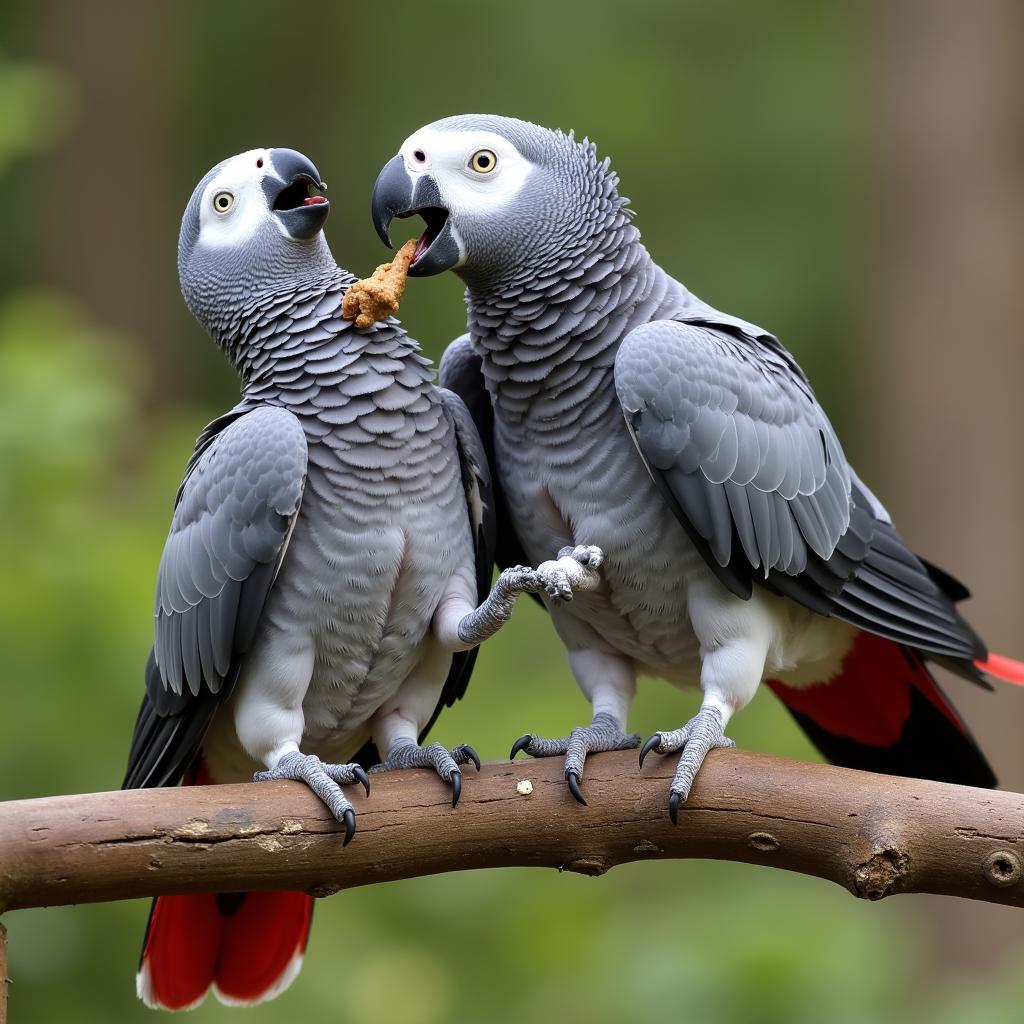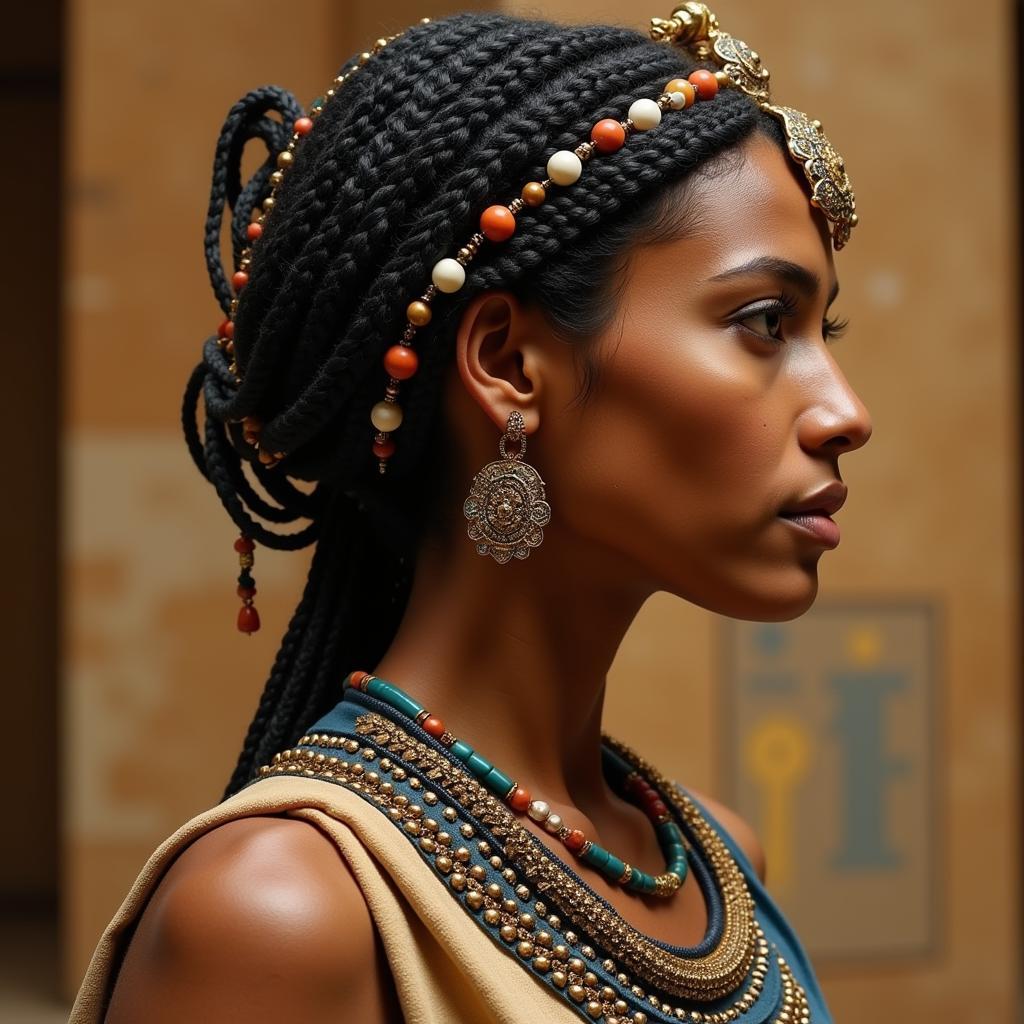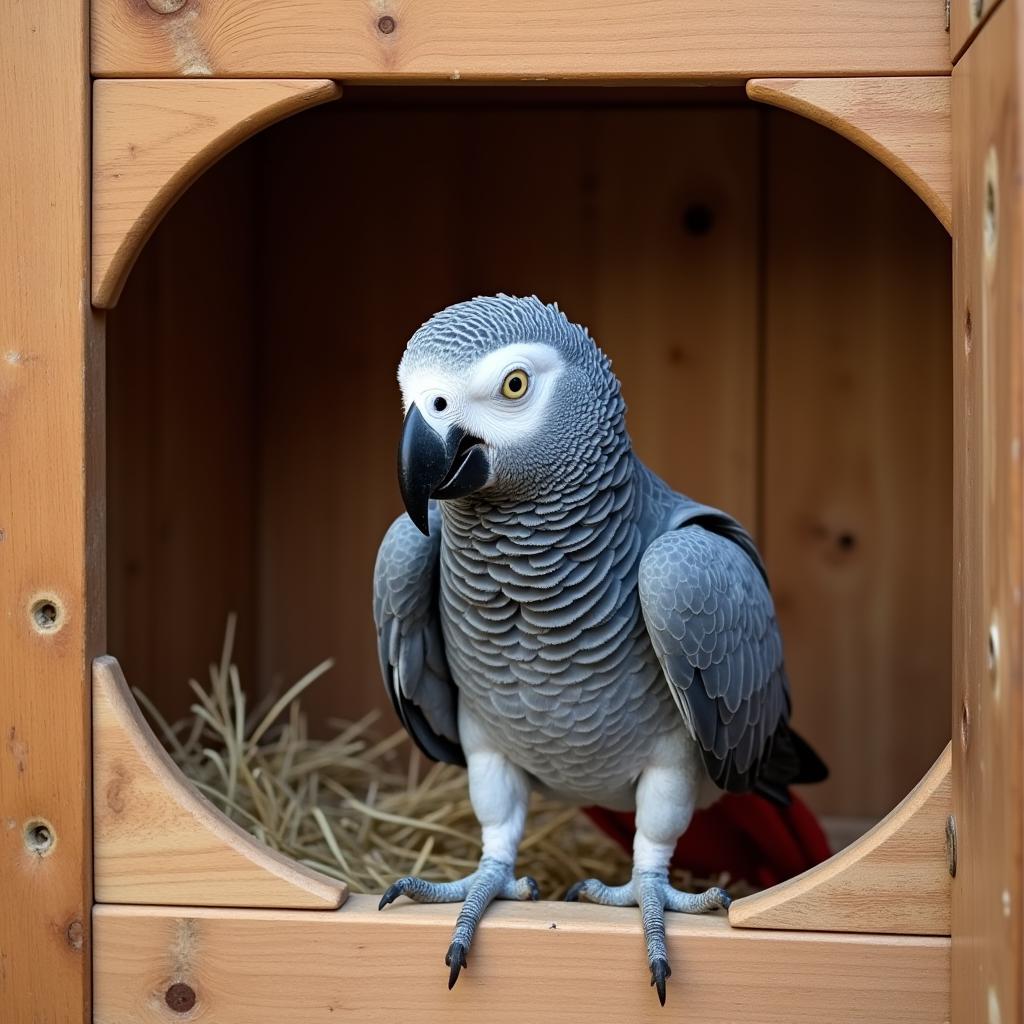Mali vs Central African Republic: A Closer Look at Two African Nations
Mali and the Central African Republic (CAR) are two landlocked countries in Africa, often grouped together due to their geographic proximity. However, despite sharing a continent and facing similar challenges such as poverty and political instability, they possess distinct histories, cultures, and ways of life. This article delves into a comparative analysis of Mali and the Central African Republic, highlighting their unique characteristics and offering a nuanced understanding of these two fascinating nations.
A Glimpse into Two Different Worlds
Mali, a country steeped in history, conjures up images of ancient empires, bustling trade routes, and legendary figures like Mansa Musa, the king renowned for his extraordinary wealth. Its vast landscapes encompass the Sahara Desert, the fertile Niger River Delta, and the enigmatic city of Timbuktu, once a renowned center of Islamic learning.
CAR, on the other hand, evokes a sense of untamed wilderness and natural beauty. Dense rainforests, sprawling savannas, and diverse wildlife characterize this nation, often referred to as the “heart of Africa.” Yet, beneath its captivating exterior lies a nation grappling with internal conflicts and humanitarian crises.
Unveiling the Historical Tapestry
Mali boasts a rich history dating back to the great empires of Ghana, Mali, and Songhai, which flourished on trans-Saharan trade routes. These empires wielded significant political and economic power, leaving behind a legacy of impressive architecture, intricate art, and a vibrant oral tradition.
CAR, in contrast, experienced a different historical trajectory. Colonized by France in the late 19th century, CAR gained independence in 1960. However, the nation has struggled to achieve stability, plagued by a series of coups, rebellions, and political turmoil, hindering its development and leaving its people grappling with poverty and insecurity.
Cultural Kaleidoscope: A Tapestry of Diversity
Both Mali and CAR exhibit remarkable cultural diversity. Mali is home to various ethnic groups, including the Bambara, Fulani, and Tuareg, each with its distinct language, customs, and traditions. Music plays a central role in Malian culture, with renowned musicians like Salif Keita and Ali Farka Touré captivating audiences worldwide with their unique blend of traditional and modern sounds.
CAR, too, boasts a rich cultural tapestry, with over 80 ethnic groups coexisting within its borders. The Banda, Baya, and Mandjia are among the largest groups, each contributing to the country’s diverse linguistic landscape and cultural practices. Traditional music and dance remain integral parts of CAR’s cultural identity, reflecting the country’s vibrant heritage.
Navigating the Present, Envisioning the Future
Today, both Mali and CAR face significant challenges. Mali continues to grapple with political instability, poverty, and the threat of terrorism in its northern regions. CAR, deeply affected by years of conflict, struggles with humanitarian crises, displacement, and the arduous task of rebuilding its shattered infrastructure.
Despite these hurdles, hope persists. Mali’s people demonstrate remarkable resilience, drawing strength from their rich cultural heritage and unwavering spirit. CAR, though facing an uphill battle, is taking tentative steps towards peace and reconciliation, aiming to harness its vast natural resources and unleash its untapped potential.
Mali vs. Central African Republic: A Tale of Two Nations
In conclusion, while Mali and the Central African Republic might appear similar on a map, a closer look reveals two distinct nations, each with its unique history, culture, challenges, and aspirations. Understanding these differences is crucial for appreciating the complexities of Africa and fostering meaningful engagement with the continent and its people.




